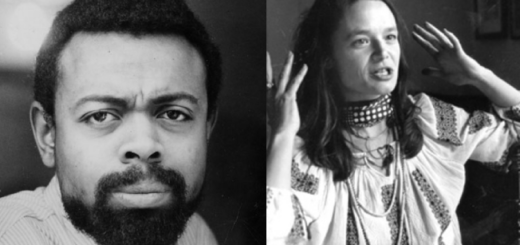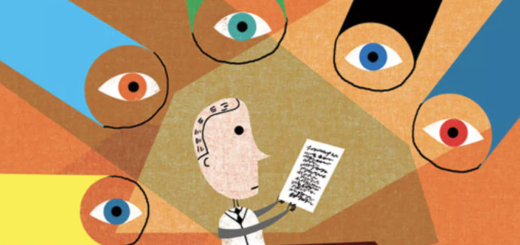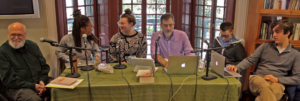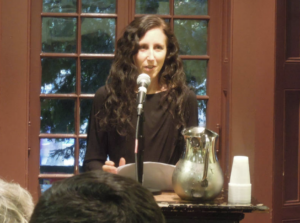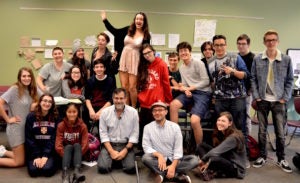ModPo update for Monday of week 5
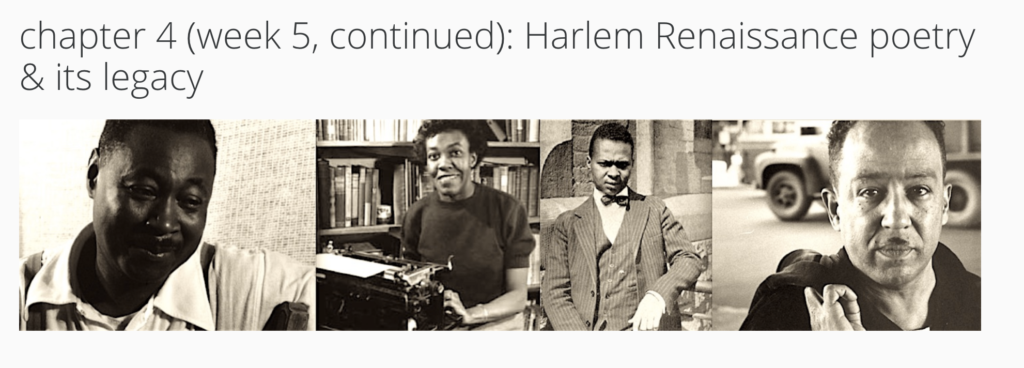
Welcome, truly, to ModPo 2018 week 5!
Below I’ve copied one of the four headnotes to the main week 5 syllabus—on “chapter 4” (the second of week 5’s four parts), the Harlem Renaissance. And HERE again is the audio introduction to the whole of week 5: LINK TO AUDIO
People are talking about this week’s intense poems, poem by poem, HERE. Please join them!
Our live webcast this week will happen on Wednesday (October 10th) starting at 5 PM Philly time. Plan to join us!
About reviewing others’ essays (on H.D.) this week: it is our hope, as usual, that every essayist will receive at least four responses. Please set aside some time this week, ideally early in the week, when you can go HERE, pick out four essays, and write comments in response. For a copy of the poem being discussed, and other information about how to participate in ModPo peer reviewing, consult THIS PAGE.
If you need any sort of help or guidance, please consider dropping by this week’s new “Hopelessly Lost” thread. Thanks, as ever, to the generous ModPo CTAs for being so quickly responses to requests for help.
Here are the TAs’ office hours for the first part of this week:
Mondays
1:30 PM: Amber Rose Johnson
4 PM: Emily Harnett
Tuesdays
10 AM: Max McKenna
11 AM: Ali Castleman
9 PM: erica kaufman
11 PM: Dave Poplar
Wednesdays
9 AM: Lily Applebaum
10 AM: Davy Knittle
8 PM: Jason Zuzga
Please stop in at least to say hello to our marvelous TAs!
With best wishes, as ever,
—Al
HEADNOTE TO ‘CHAPTER 4’ OF WEEK 5
We continue ModPo week 5 with chapter 4 and Harlem Renaissance poetry. We look at poets whose concept of the relation between traditional stanza form and the content of racist hatred helps us understand the limits of formal experiment. For example, Harlem Renaissance writers such as Jean Toomer (in works like Cane) engaged a modernist sense of genre, and Sterling Brown closely studied and admired the modernist “New”-ness of Ezra Pound even though Brown chose to write his own poems in rhymed blues verse and sometimes vernacular “folk” language. Claude McKay’s strategic use of the Shakespearean sonnet is as powerful a refusal of free verse as can be found anywhere — his sense of the complicated inheritance of English prosody will come back to us at the very end of the course (watch for it in week 10). Countee Cullen uses the ballad form to similar effect, and for similar reasons. These poets, and others such as Langston Hughes, emerged in the 1920s and 1930s, but the influence of what was called “The New Negro” artistic renaissance (after the anthology compiled by Alain Locke) extended well beyond its time and deeply influenced later poets such as Gwendolyn Brooks, whose poems “truth” and “Boy Breaking Glass” we will also read and discuss here in chapter 4. Brooks’s idea of the truth is honored but also challenged, in turn, by a poet still later associated with the Black Arts movement: Etheridge Knight. Knight’s response to Brooks (discussed in the PoemTalk episode linked to this week’s syllabus) both reveres Brooks and at the same time urges further progress, just as Brooks’s “truth” had revered and also moved beyond the McKay/Cullen mode. In “Boy Breaking Glass,” Brooks understands a young man’s “cry for art” as requiring a sympathetic modernist fragmentation in her own poem. Poetic influences are cultural ripples, never more so than here — an emanation but also a widening. Langston Hughes’s “Dinner Guest: Me” is partly about how such ripple effect and communality sometimes must be taught. And because it must be taught, we felt it apt to add a special video (prepared for ModPo’s Teacher Resource Center) on how teachers might teach that challenging poem by Hughes.

